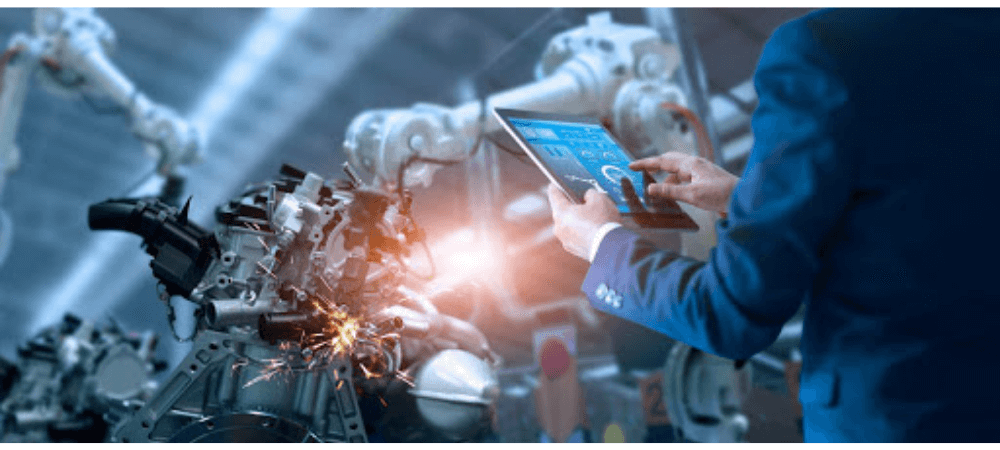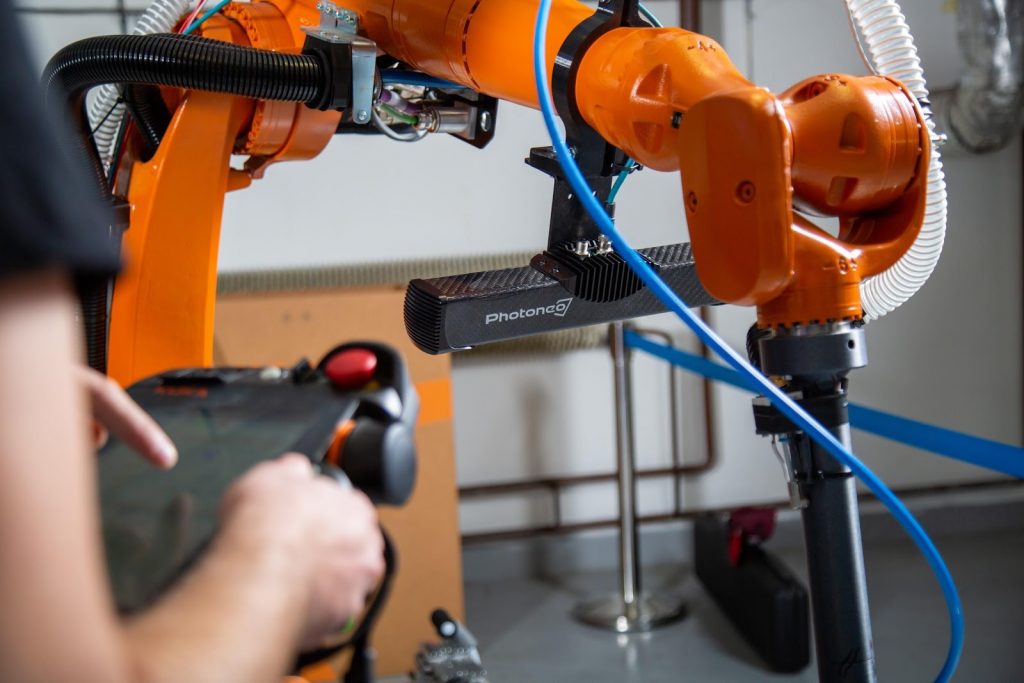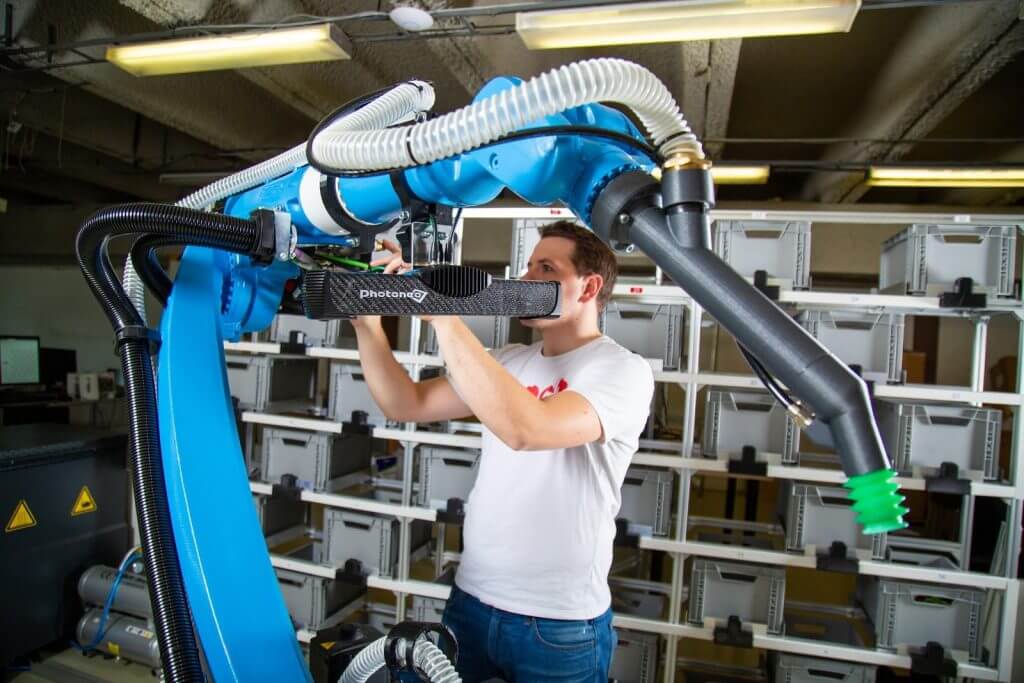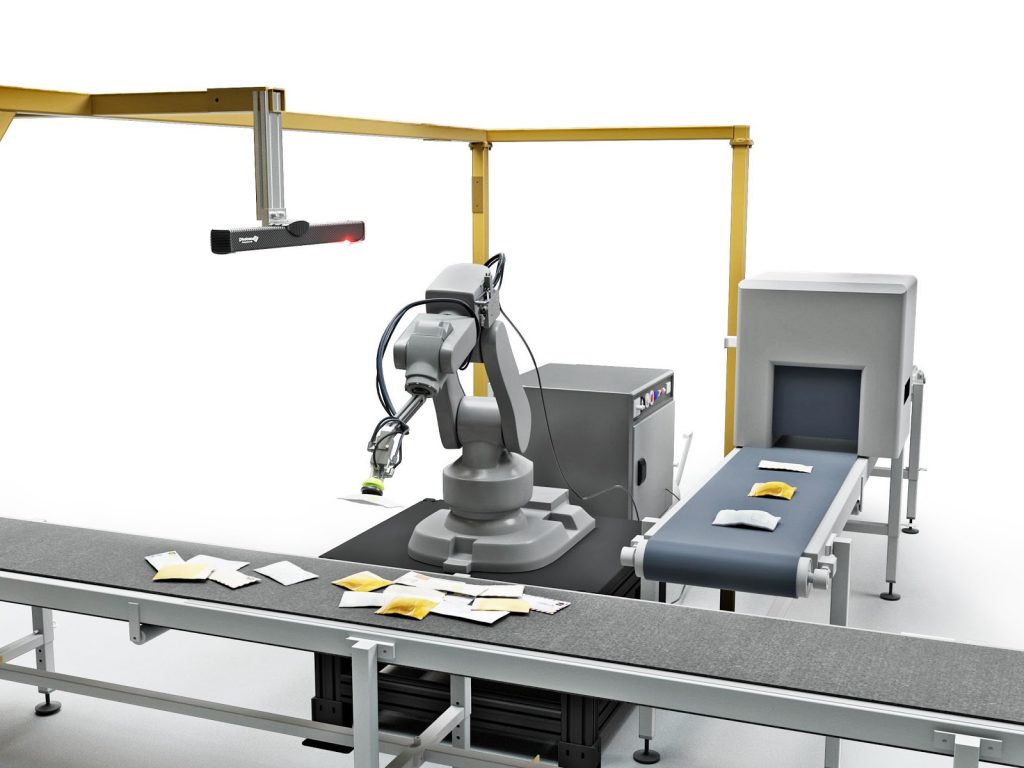
What is industrial automation
The times of predictable and consistent demand signals are now long gone. Today, manufacturers operate in a harsh environment and they must leverage every advantage to remain competitive in the global market. Therefore, factors such as product quality, manufacturing efficiency, delivery time, and availability have become increasingly important by the day.
To address these challenges, more and more manufacturers are considering taking advantage of various industrial automation systems and innovative smart manufacturing capabilities.
But what exactly are industrial automation systems and why should manufacturing industries invest in them?
Industrial automation can be widely understood as the use of control systems and equipment such as robots, various sensors, and computers for handling different processes that were historically done manually. These systems operate without significant human intervention and oversight required, resulting in the automatic functioning of repetitive manufacturing operations. The automation process usually includes devices such as PCs, PLCs (programmable logic controllers), PACs (programmable automation controllers), and various industrial communication systems.
In the scope of industrialization, automation solutions represent the second step beyond mechanization. While mechanization comes in whenever a task is operated using powered tooling, in automation, machines and logical programming commands completely take over the tasks done by workers.
Advantages of industrial automation

Initially, the main purpose of automation was to increase productivity levels and to reduce the cost associated with manufacturing, such as labor wages and benefits. However, thanks to the advancement of the technology used in automation, the benefits of these systems are already much broader today. Below are the main reasons companies decide to start an industrial automation process:
- High productivity: Manufacturing companies can hire hundreds of workers and have them work for up to three shifts to increase the total rate of production. Robots, on the other hand, can operate 24 hours a day and 7 days a week at a constant and continuous pace, leading to a significant improvement in the overall productivity of the company.
- Improved product quality: Industrial robots do not experience fatigue or loose work focus like humans do. They are able to complete even the most tedious and repetitive tasks an infinite number of times in exactly the same way. Thus, they help eliminate human errors and maintain consistent product quality.
- High flexibility: Implementing a new task in a traditional assembly chain requires hours and hours of operators’ training and even after that, it takes some time until the operators get used to the new process. On the other hand, depending on the type of automated solution, some types of robots can be easily reprogrammed to do any task. Subsequently, the optimized processes and methods can be immediately implemented in the production process, resulting in little to no downtime.
- More precise information: Manual data collecting is prone to human errors and thus, it can result in additional costs. With industrial automation systems, which collect data automatically, managers can obtain detailed and accurate metrics as frequently as required. The information accuracy enables management to make the right decisions.
- Cost reduction: The rather high initial investment included in the implementation of industrial automation will translate into significant cost savings in operator salaries. Once the robot is in place, the only costs are the energy required for the production process and maintenance expenses. Furthermore, robots optimize the production process and therefore, the risk of service interruptions that might lead to additional costs is reduced to a minimum.
- Better safety: Last but not least, industrial automation has a huge impact on the improvement of job safety and the protection of employees. Many industrial processes involve working in poor conditions. Robots have the ability to handle all hazardous tasks, such as picking up heavy objects and working with dangerous chemicals or in elevated temperatures.
Furthermore, thanks to the benefits they offer, automation solutions can play a significant role in helping businesses get back on track after the outbreak of the coronavirus. Read more about the impact of COVID-19 on industrial automation in the interview with Branislav Pulis, VP of Sales & Marketing at Photoneo.
Types of industrial automation

Now that we have explained some of the major benefits of automation, let us proceed with the discussion of the different types of industrial automation systems. Depending on the degree of adoption and production requirements, companies that decide to participate in the integration of automatic solutions have different types of automation systems available. Usually, they are classified into three main categories: fixed (hard), programmable, and fixable (soft), each responding to different needs.
Fixed automation (hard)
The automation systems that fall within this category are deployed to carry out singular and highly repetitive tasks with the aim to fulfill high-production needs and improve production efficiency. These systems are fast, stable, precise, and safe. However, once they are in place, they are fixed and it is relatively challenging to reconfigure the equipment. Therefore, they are ideal for processes that remain consistent over time and with a high load volume.
Fixed automation systems can be found in automated assembly processes (such as in the automobile industry), chemical manufacturing processes, material conveyor systems, and coating processes.
Programmable automation
In this type of automation, the configuration of the equipment, as well as the sequence of operations, can be changed with the modification of the control program. Thus, programmable automation is best suited for batch production processes, where the production equipment must be reconfigured depending on which product is being manufactured. However, the reprogramming of the system is very complex and requires a long setup. Besides, in most cases, the equipment must be reconfigured at both the software and hardware level.
In general, production rates in this type of automation are lower than in fixed automation. It is mostly used in industries with medium to high production volume. Some examples of programmable automation systems include numerical-control machine tools, industrial robots, and steel rolling mills.
Flexible automation (soft)
Similar to programmable automation, flexible systems, often referred to as soft, provide flexibility for product changes. Unlike programmable automation, the product changeovers are accomplished via the control system without using the production equipment itself. The reprogramming can be performed quickly and automatically, eliminating the time lost due to the physical configuration of the machines. Therefore, flexible automation is expected to experience a boom in the coming years.
Flexible automation systems allow manufacturers to produce a mixture of different products one right after another, without the need to group identical products into separate batches. They are best suited for production environments where production requirements are continually developing and changing. Examples of flexible automation systems include multipurpose CNC machines and automatic guided vehicles.
Conclusion

At Photoneo, we want to help support the spread of automated solutions as we are aware of the benefits they provide to manufacturing companies.
Our automation solutions are based on a powerful combination of in-house developed 3D machine vision and robotic intelligence.
Our industrial-grade 3D vision systems provide high resolution and accuracy, large scanning volume & depth of field, as well as high scanning speed to achieve the shortest cycle times possible. The PhoXi 3D Scanner is the highest-quality solution for capturing static scenes whereas MotionCam-3D is the highest-resolution and highest-accuracy snapshot area scan 3D camera for capturing scenes in motion.
The combination of these 3D vision systems with advanced AI algorithms gave rise to Photoneo smart pick-and-place automation solutions that enable the recognition and localization of various kinds of mixed objects – be they of different sizes, shapes, materials, colors, or orientations. Our convolutional neural network is trained on huge data sets of objects and can perfectly adapt to new data and quickly recognize new types of items that it has never “seen” before. Our AI-powered systems can be used for automated unloading of pallets laden with mixed boxes, the singulation and sorting of huge flows of parcels, or bin picking of various kinds of items.
A different approach to bin picking is provided by our Bin Picking Studio, which uses CAD models. This versatile robotic intelligence software is able to localize and pick even small, metal, shiny, and overlapping objects from a bin and place them into a desired location and position.
Photoneo automation solutions can provide all the above-described benefits in all kinds of industrial applications, including logistics, e-commerce, automotive, food and medical industries, and many others. On the one hand, they help increase productivity, efficiency, product quality, and manufacturing flexibility. Additionally, they improve data accuracy and consequently reduce additional costs resulting from human errors. Another great benefit resulting from the implementation of automated solutions is improved safety since they can be deployed to handle hazardous conditions.


